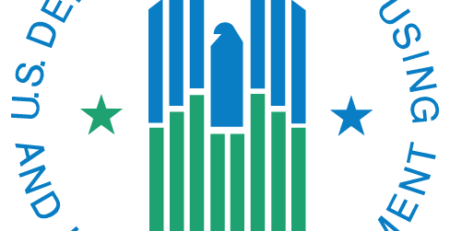What Makes HUD Multifamily Refinancing Attractive
For both multifamily mortgage loans and private-sector financing, loans backed by the US government are some of the most ironclad and reputable out there. Some of the best examples of these, especially for multifamily investors, are HUD FHA loans for refinancing situations.
These acronyms represent the US Department of Housing and Urban Development (HUD) and its mortgage insurance arm, the Federal Housing Administration (FHA). At Bonneville Multifamily Capital, we have been granted the rare certification as a MAP (Multifamily Accelerated Processor) Lender by HUD and are able to provide these loans at fantastic interest rates. In the following paragraphs, we will help you why HUD FHA multifamily financing have become more and more popular over recent years.
Debt-Service Savings
These loans are guaranteed by the federal government, meaning lenders carry far lower risk. This allows lenders to extend loans at below-market interest rates, which in turn makes debt-service savings possibilities larger than other refinancing formats. Multifamily borrowers can secure 35-year fixed-rate loans in the neighborhood of 4 percent interest, a large savings compared with typical rates of 7 percent or higher given in conventional loans. This can cut borrowing rates by huge amounts, and lower debt-service costs by just as much.
No Forced Balloon Payments
Many mortgages carry prepayment penalties which morph into forced balloon payments as soon as the penalties expire. This is not the case for FHA multifamily loans. The loans have no balloon payments which puts the control of the loan back on the borrower. This unique feature can be invaluable given the uncertain nature of the future. No one wants to face a balloon payment in the middle of a challenging economic time such as the Great Recession. Many properties were lost because the owners couldn’t satisfy the balloon.
Leverage
These loans can allow owners to cash out up to 80% of the property’s value if they’ve built up enough equity. Affordable-housing properties can come with even greater leverage benefits – up to 85% of property value for tax credit properties. On new construction loans the limit is 85% loan to cost.
Refurbishment or Replacements
HUD loans require lenders to complete a Physical Condition and Needs Assessment (PCNA) to refinance any project they work with. They’ll identify both critical and non-critical repairs. Both these types can be funded with mortgage proceeds, which can also be used to fund or increase the replacement reserve. This really adds a layer of security to the borrower that the loan requires the property to be in correct working order and safe for the tenants.
Term & Amortization
These loan programs have the longest terms and amortizations in the business. And they are fixed rate! It is nearly impossible to find 35-year amortizations when refinancing a multifamily property, let alone a 35 year fixed rate term. There is really no comparison in the marketplace. Additionally, the new construction loan – 221(d)(4) comes with a 40 year fixed rate term and amortization. These amazing features are made possible through the federal insurance FHA provides for these multifamily loans.
For long-term, buy and hold multifamily investors, there is no better way to use leverage and have certainty of what the future holds than with a HUD multifamily loan.





